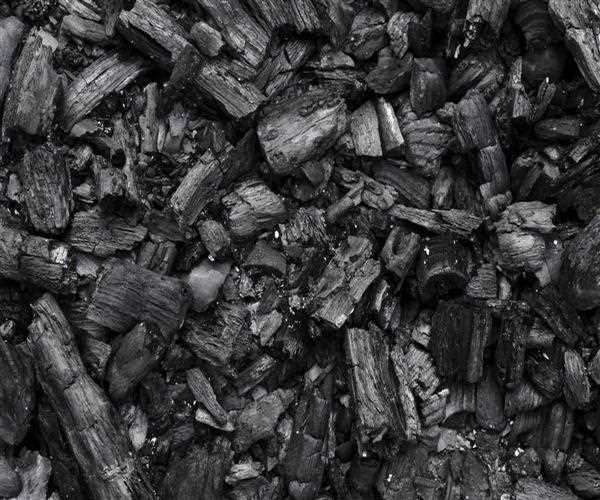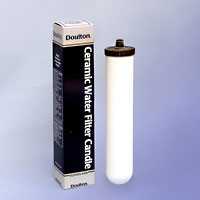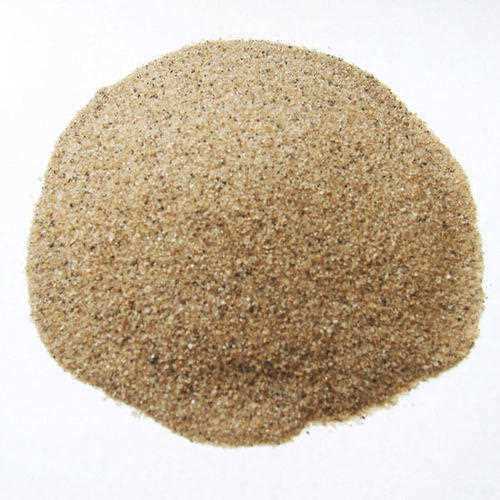There are two types of material to purify the water: A Natural material and An Artificial Material
Let’s talk about natural material:-
Carbon

Activated carbon is also known as the charcoal l used to purify water. It is very porous in nature removers the toxin present in the water. Charcoal is found from the earth crust and formed from decaying of plant and animal under heat and pressure for years. Charcoal has the property to stick contaminated particle inside its pores and filter out particles down to 1 micron including harmful lead, sulfur dioxide, and nitrogen oxide etc.
Ceramic

Ceramic is made up of natural clay and after heating, it hardened permanently. They are a slow but effective water filter. The water is passed from the ceramics and the impurities like arsenic and microbes get distilled. The filter which is made up of ceramic is of low cost.
Sand

Using sand as the filter is a very ancient technique, around 2000 years old. It filters out mineral impurities like calcium, manganese, carbon dioxide, arsenic, and radioactivity. The water is passed through the sand bed, the insoluble impurities are captured by the sand and the purified and stain free is passes out.
Plant

The plant itself purifies his water for the transpiration by adding oxygen and removing carbon dioxide. Some of the plants also remove the metals and the toxins


